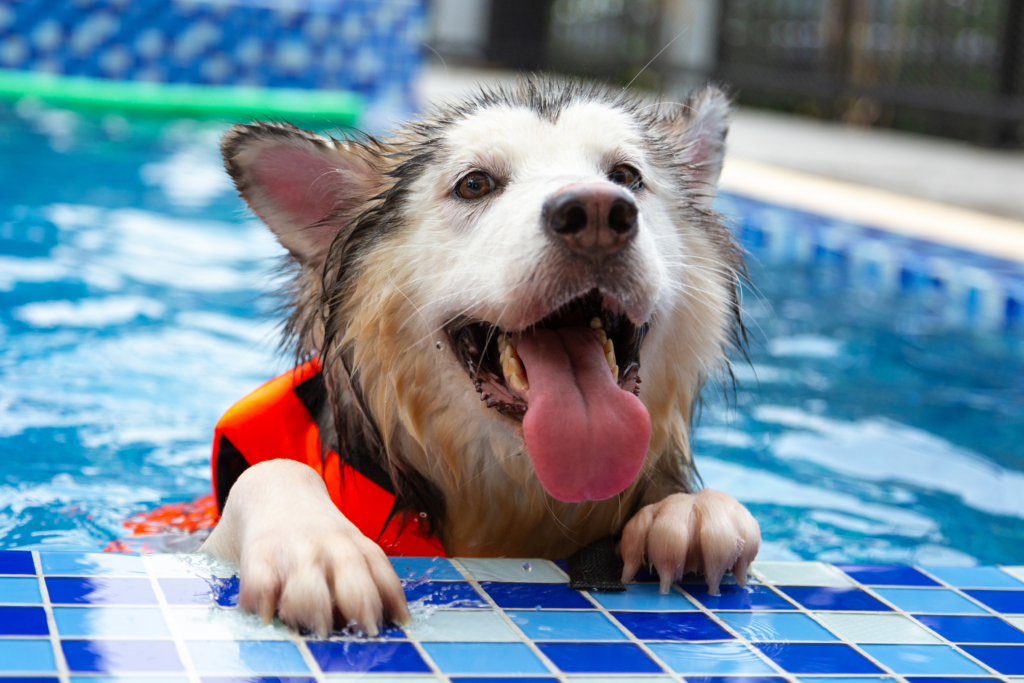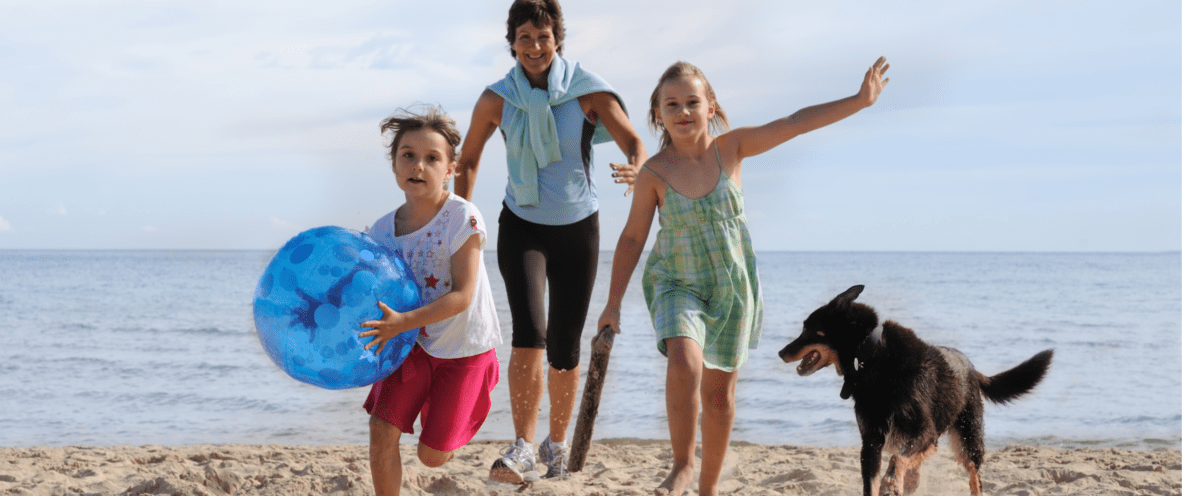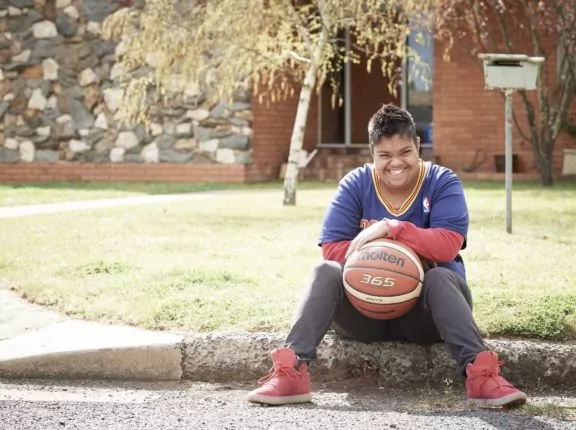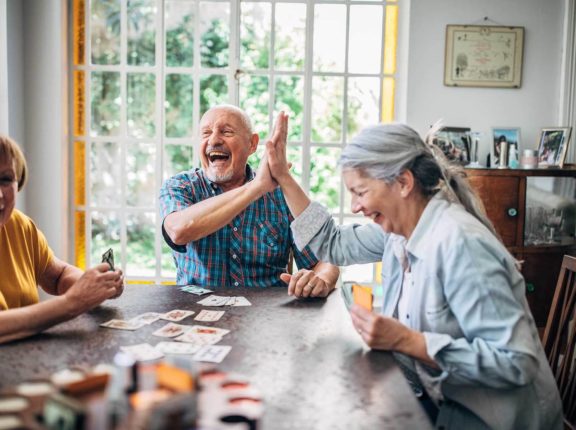Summer is a welcome time for many, with holidays, barbeques and trips to the beach or pool. It’s important to know how to keep yourself safe and healthy during soaring temperatures and heat waves, especially for those in our communities who are more vulnerable. Here are some tips on how you can keep cool and safe during the season for both you and your pets.
Keeping cool and protecting your skin
During extreme weather, it’s easy to become dehydrated and overheat, especially if you are not taking the proper precautions. High temperatures can cause serious illnesses such as:
- heatstroke
- heat rash
- dehydration
- heat exhaustion
To read more about heat-related health problems, signs to look out for and what to do if you or someone else is showing signs, visit the Health NSW website here.
One of the best ways to keep cool in summer is to make sure you are drinking enough water; we lose a lot of water through perspiration so keeping up on water and electrolytes helps replace the water lost. Avoid drinking alcohol, and hot or sugary drinks when the temperature is up, to avoid speeding up dehydration.
Staying inside or in the shade during the hottest part of the day (11am – 5pm) is strongly advised, however, if you must go out in the sun during this time you should take the proper precautions. Apply a layer of sunscreen (recommended SPF30 or above) 20 minutes before you go outside and reapply every 2 hours or after swimming, perspiring or towel drying.
You can help prevent many heat-related health problems by keeping your body temperature cool, some ways you can do this are by:
- having cool showers
- turning on the air conditioning or fans
- draping damp towels around your neck
- wearing light and loose-fitting clothes
- closing blinds or curtains around the house
Cooking is probably the last thing on your mind during a hot summer day, and being around a hot oven can contribute to the warmth. Why not opt for a cold meal during these months? Having a salad, some fruit or a sandwich is a no-sweat way of fuelling your body without overdoing it, and having lighter cold meals can also help you keep cool.
Checking in on vulnerable people
Certain people are more at risk of heat-related problems, such as:
- people over the age of 65
- young children and infants
- pregnant or breastfeeding
- those with pre-existing health conditions such as heart, lung or kidney diseases, diabetes and mental illness
If you’re not at risk, consider checking on those who are. Visit friends, family and neighbours who are more vulnerable. Before the hot weather arrives, check if they will be able to keep safe and cool in their home, and if they have enough food and medications so they will not have to leave during the heat. Continue to check in during and after the heat.
Tips for keeping pets safe and healthy in the heat
If you’re feeling the heat and struggling, so are your pets. Whether you have a dog, cat, or other furry friend, there are many things you can do to make sure that they are comfortable during warmer days.

Provide your pet with a cool place and access to plenty of fresh water. Fill up multiple bowls of clean water for your pet, so there are backups if one gets knocked over. Try ice cubes in bowls to keep the water cooler for longer and if possible, provide a small pool or cool pad for your pet on especially warm days.
Smaller animals such as rabbits, birds and guinea pigs can easily overheat, especially if cages are left in the sun. Relocate pets into shaded areas of the yard, bring them inside or drape wet towels over enclosures. Provide them with plenty of fresh water and frozen treats.
If you’re transporting your pet, make sure you never leave them unattended in your vehicle, even with the windows down or parked in the shade. Temperatures inside a car can be as much as 30° to 40° hotter than outside temperatures.
Opt to take pets on early morning or late afternoon walks, avoid the hottest parts of the day. Always test the ground before a walk, place the back of your hand onto the ground, if you can’t hold it there for 5 seconds it is too hot for your pet’s delicate paws. Try to walk on grass as much as possible as it will be cooler than paths or roads.
Heatstroke in pets
Keep an eye on your pet for signs of heatstroke, flat-faced breeds, or elderly or overweight dogs are more susceptible. Some common signs to look out for in pets include:
- panting, which can progress into noisy or distressed breathing
- agitation, seeking shade or water
- drooling
- very red gums or tongue
- vomiting and/or diarrhoea
- seizures
- mental confusion and dizziness
If you suspect that your pet has heatstroke you should remove them from the hot environment, spray them will cool water (not ice cold as this may worsen the problem) and take them to your vet immediately. Even if it looks like your pet is recovering or if you just suspect that they are suffering from heatstroke, they should always be checked by a professional.




